Australia, November 2009
Between Darwin and Kakadu National Park lies Fogg Dam, a natural area with excellent wildlife and an entertaining history. Near the wonderfully named town of Humpty Doo, the dam was built in the late 1950s in an ill-fated attempt by several wealthy backers including the famous-at-the-time American Art Linkletter to commercially produce rice. After a series of natural disasters and human blunders, the Humpty Doo Rice Project was shut down but the irrigation dam remains, as the centerpiece of Fogg Dam Conservation Reserve.
I had been looking forward to walking along Fogg Dam, scouring the shallow water along its edge for wildlife, ever since Young Cage had told me about the experiences he had there. However, when we arrived, we were greeted with the following sign.
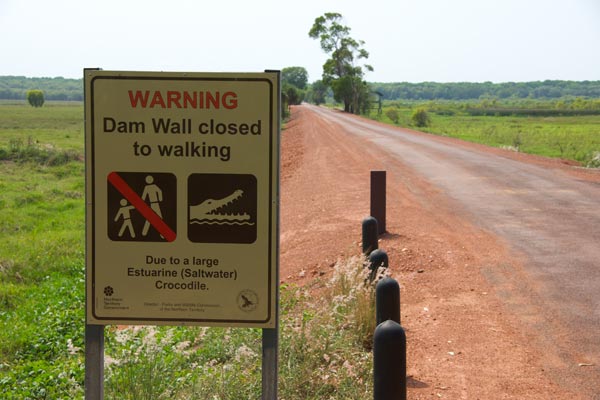
Fortunately, it turned out that the dam wall was not closed to driving. So we drove it slowly, several times, both day and night. And I interpreted “walking” as not including “getting out of the car to take photos”, and also as not including “getting out of the car to shoo animals off the road if they are in danger of being squashed”, even if that involved a small amount of what other people might choose to term “walking”. Here are some of the animals we saw along the dam during the daytime.
Mary spotted this Dendrelaphis punctulata (Green Tree Snake) on a pylon of an observation platform jutting out over the water. These snakes are excellent climbers, so I am not sure whether it had climbed straight up the smooth painted pylon or found its way along the top and then slid down to this cozy basking platform. Shortly after getting a good look at us approaching with our cameras, it took a flying leap into space and dove a couple of yards to the water below, where it raced away in a few seconds. The “Green Tree Snakes” in this part of Australia typically have golden-yellow bodies and bluish heads, leading some references to dub them “Golden Tree Snakes” or “Common Tree Snakes” instead.
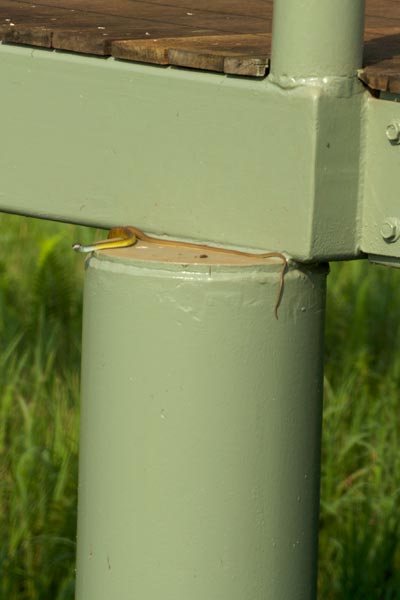
After failing to photograph the D. punctulata from above due to its quick vertical escape, I noticed a few frogs floating in the muck below. This is Litoria dahlii (Dahl’s Aquatic Frog). A surprisingly divergent group of Australian frogs belong to the genus Litoria, which is in the Hylidae (Tree Frogs) family. Some of these frogs, like the Litoria bicolor I saw earlier at Holmes Jungle, look and act like standard tree frogs. But this species is mostly aquatic and has a body plan like the American Bullfrog. I never would have guessed it was in Hylidae.
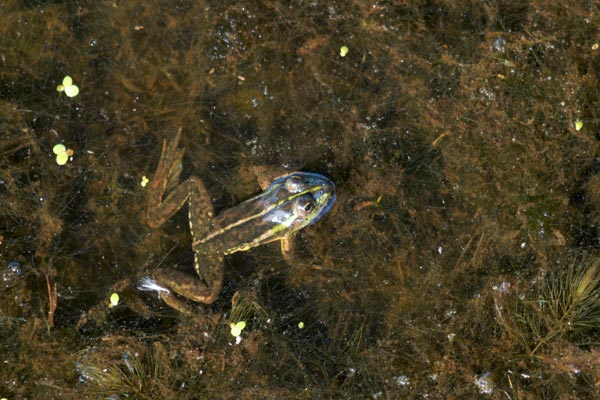
Our first good look at a macropod on this trip was this Macropus agilis (Agile Wallaby) munching on some tasty grass at one end of the dam.
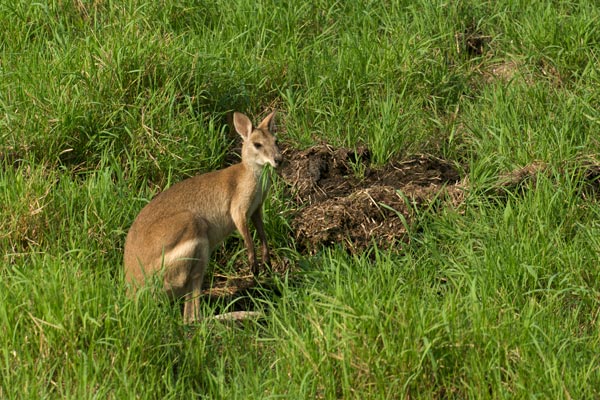
Among Australia’s tallest birds are these cranes, Grus rubicunda (Brolgas). We drove along Fogg Dam several times over a couple of days, and each time we saw at least one pair of these graceful giants foraging together.
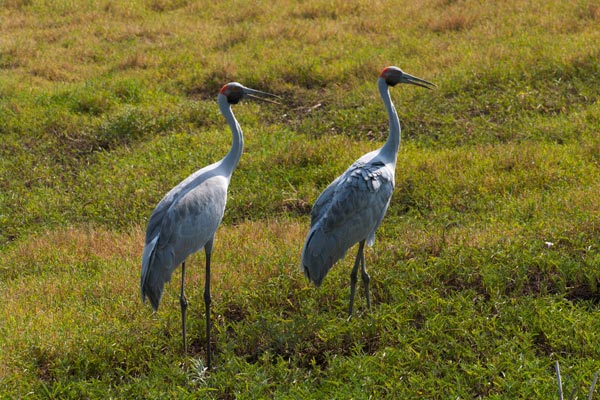
This picture shows some less-terrestrial Brolgas. Monica took it at Leaning Tree Lagoon, not far from Fogg Dam.
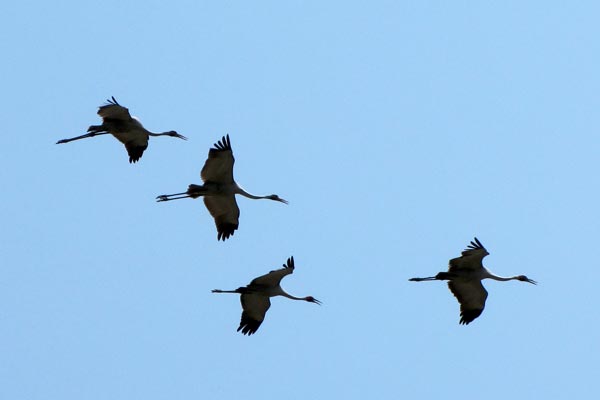
We were continually charmed by flocks of parrots, though I imagine their fantastical raucous squawking might be less charming if you were trying to sleep nearby. These ones, also from Leaning Tree Lagoon, are Cacatua sanguinea (Little Corellas).
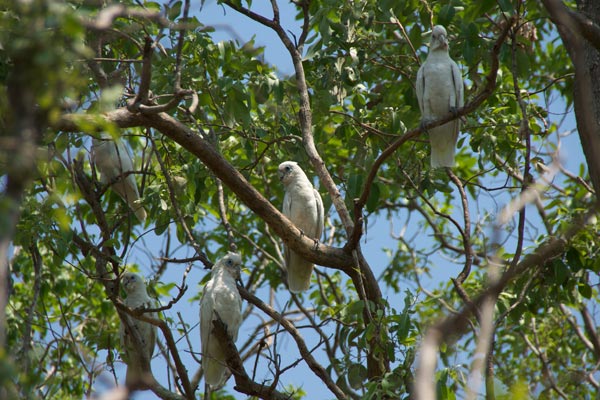
As far as I can tell, there’s only one good place to stay when visiting Fogg Dam, which is a bed and breakfast and certified organic tropical fruit farm called Eden at Fogg Dam, virtually across the street from the reserve entrance. We were lucky to have been able to reserve its suite for the two nights we were in the area.
Heather and Jeremy, the friendly proprietors of Eden, have a pair of large dogs that spend part of their time chasing away dingos and other undesirables, and much of their time lying around. Monica tried her best to get good photos of the two of them together, but it seems the dogs only wanted to be photographed separately.
This is Carlie, a Maremma Sheepdog.
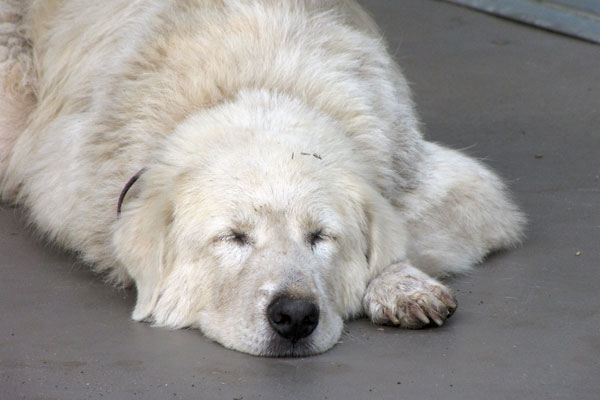
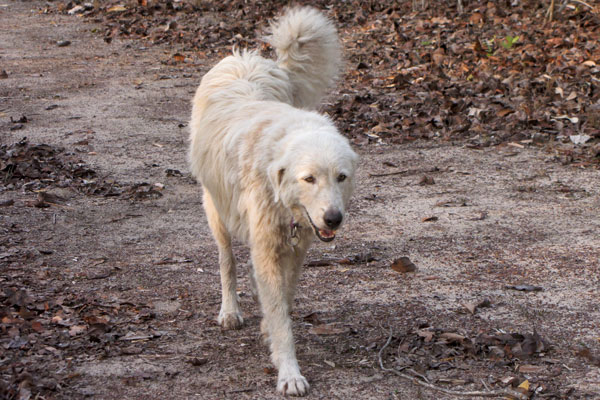
And this is Amia, an Anatolian Shepherd.
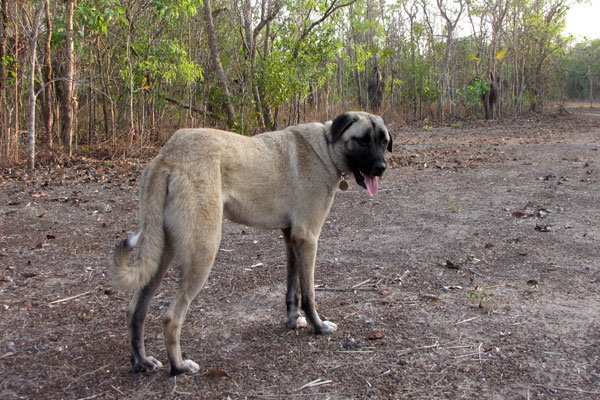
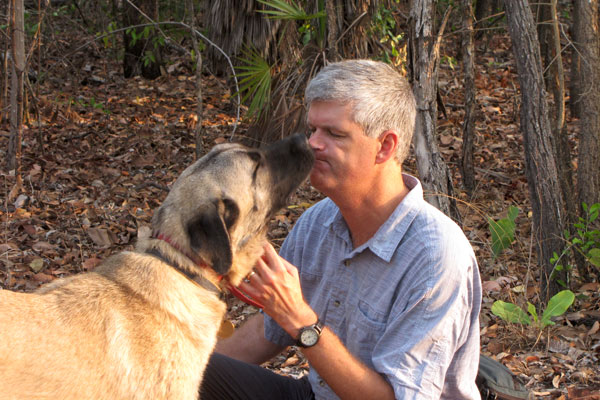
While at Eden we experienced our first Top End rainstorm. In the middle of the day, while we were relaxing in the room, the clouds that had been building up all morning suddenly opened up and poured down sheets of water. We had been hoping for rain since we arrived, to bring out the frillies and all sorts of other animals. And indeed the animals started popping out within a few minutes. Monica looked out the window and said “Hey John, there’s a different kind of skink on the patio” and sure enough, there was a Glaphyromorphus douglasi (Northern Bar-lipped Skink), much larger than the little Carlia and Cryptoblepharus we had been seeing everywhere. At first I assumed it was on the patio because it had been washed out of its normal refuge, but I quickly realized that it wasn’t just sitting there; it was gobbling up bugs as quickly as possible. It turns out that these skinks had emerged all around the grounds almost immediately when the rain started, and were in a mad frenzy of eating bugs that had come to the surface due to the rain.
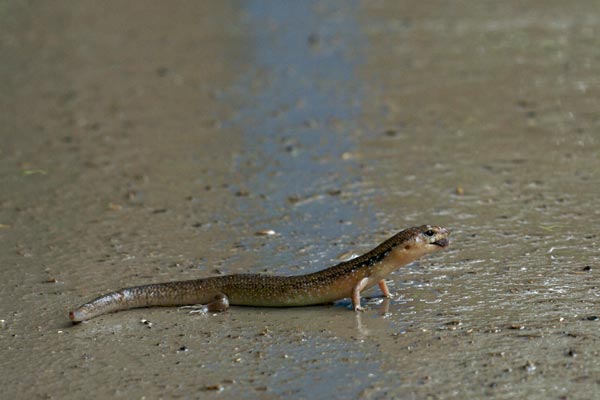
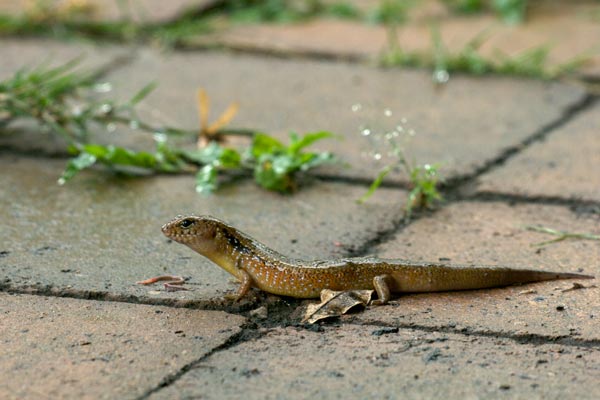
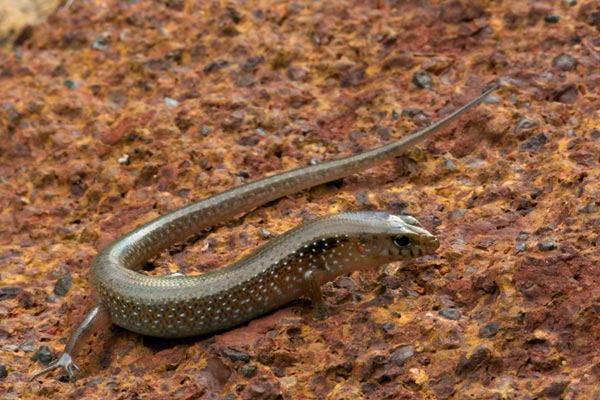
When the downpour stopped, we headed out to Fogg Dam again to see what else might be on the move. On the way out, we found two frogs hopping about on the Eden grounds. This is another Litoria bicolor.
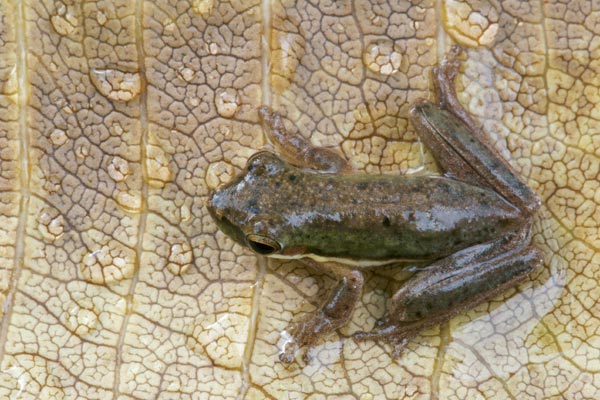
And this is a Litoria rubella (Desert Tree Frog or Naked Tree Frog).
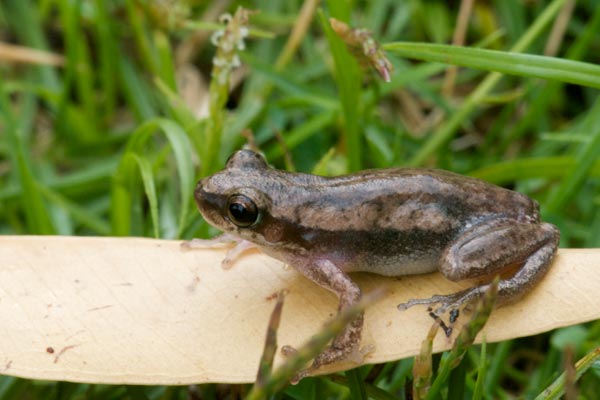
At Fogg Dam, in addition to the usual assortment of Amphibolurus, Brolgas, etc., there were a couple of turtles wandering about. I believe these are Emydura tanybaraga (Northern Yellow-faced Turtles).
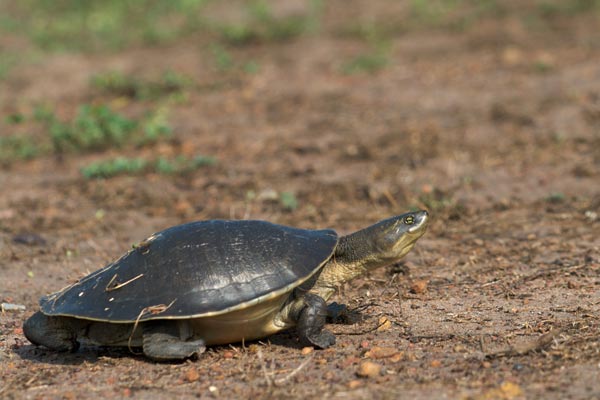
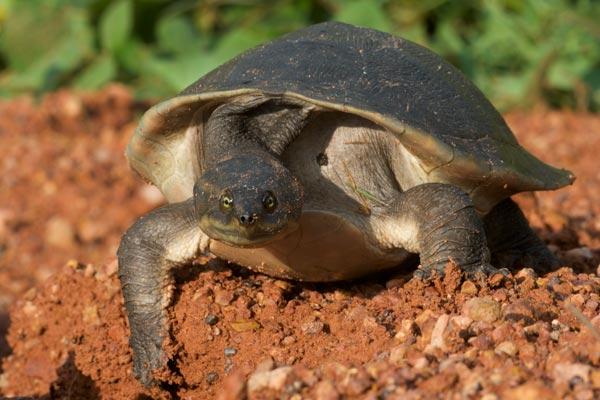
On both of the evenings that we were at Fogg Dam, we went out after dark hoping to see Water Pythons and whatever else might be out and about. On the exterior walls at Eden there were a few geckos, including this not very healthy-looking one. I'm pretty sure this is Gehyra australis (Northern Dtella).
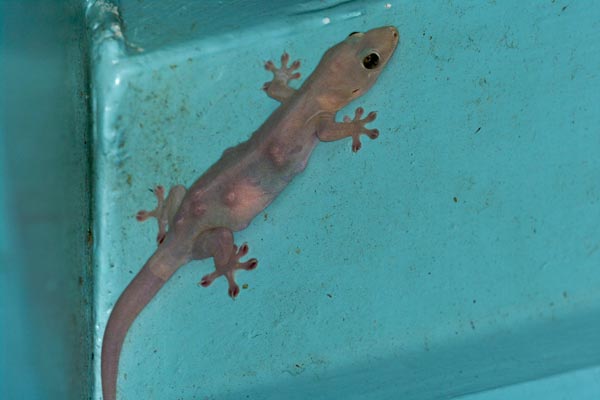
The first night at Fogg Dam was dry. We walked one of the reserve’s forest paths before driving slowly across the dam a few times. This Amphibolurus (probably A. temporalis) was sleeping on a thin sapling.
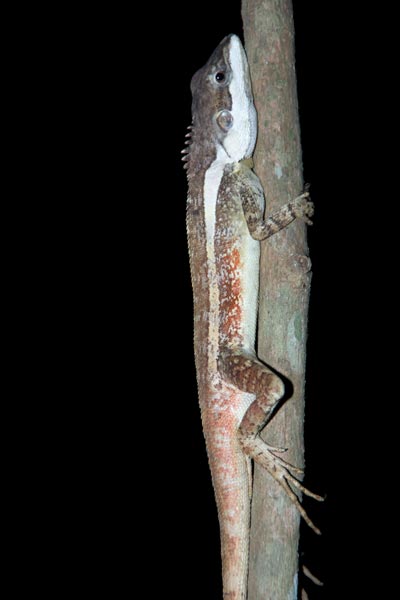
By far the most common vertebrate in the forest at night was that nemesis of native Australian wildlife, Rhinella marina, the infamous Cane Toad. These devourers of all that is small and poisoners of all that is big arrived in the Top End a few years ago on their inexorable march from Australis’s east coast, where they were foolishly introduced in 1935, to every square inch of available habitat across the contintent.
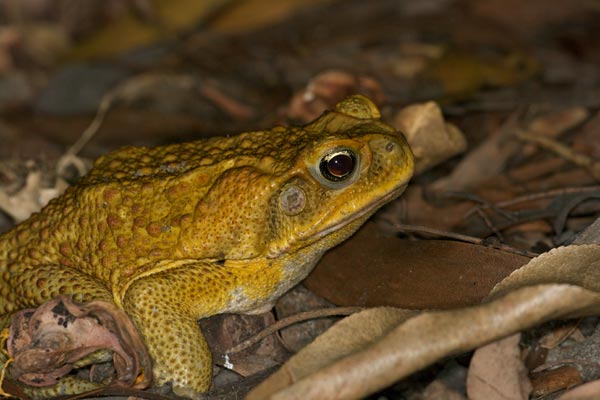
Cane Toads, though common on the forest floor and on the road where it passed through the forest, were essentially absent on the dam itself. But it was far from frog-free, especially on the second night, when the ground was wet and it was still drizzling on and off. Most of the frogs were Litoria nasuta (Striped Rocket Frogs). True to their scientific name, these frogs have distinctive, pointy snouts. True to their common name, these frogs jump explosively.
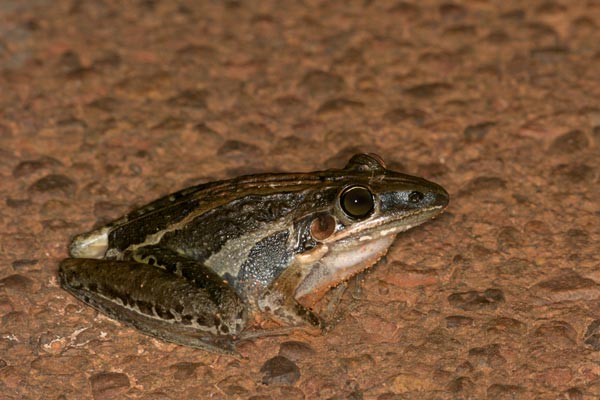
The largest frogs on the dam were the same bullfrog-like Litoria dahlii that we had seen during the day.
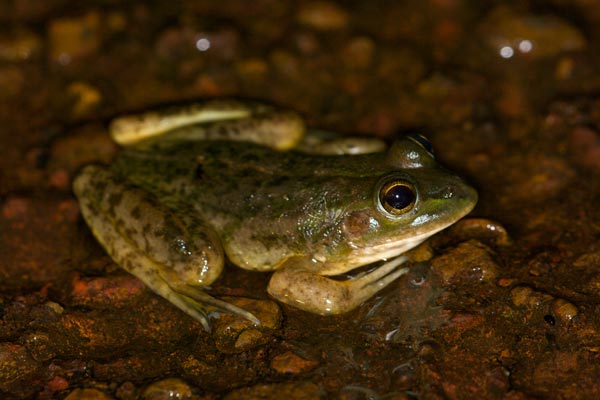
I think that this next frog is another Litoria dahlii, though its coloration and pattern are quite a bit different.
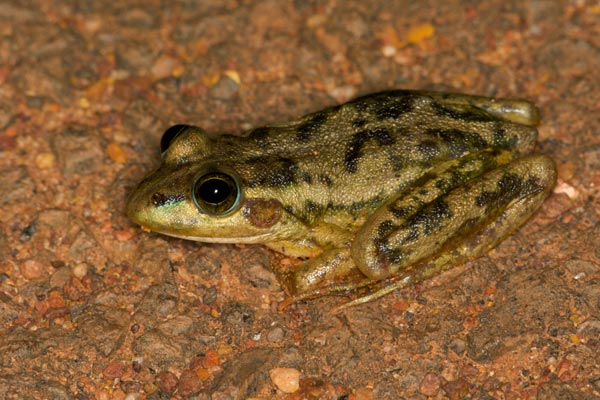
We saw quite a few Litoria rothi (Roth’s Tree Frogs) on the dam road. The sides of their bodies have dramatic black and yellow patterns that are normally concealed by their legs. You can see a glimpse of these colors on the second photo here.
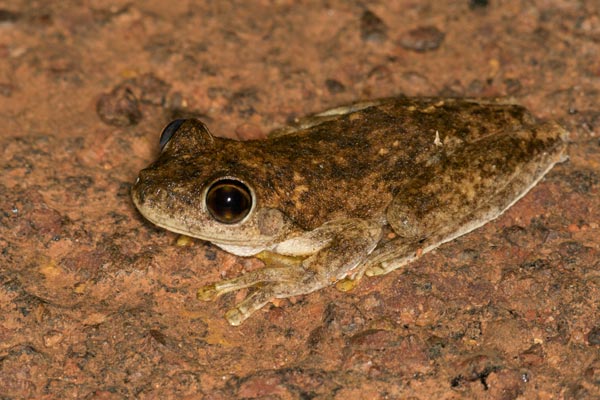
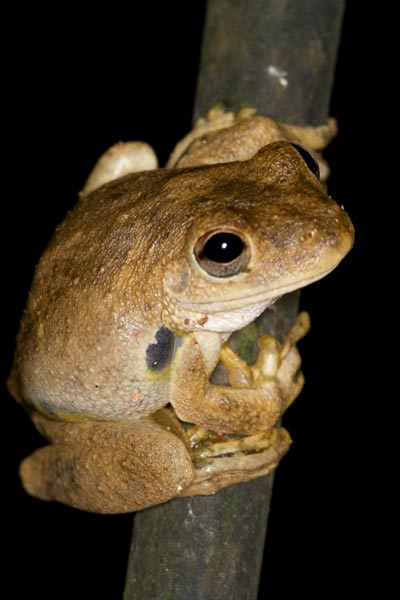
We saw just a single Litoria tornieri (Tornier’s Frog) on the road. They are easily identifiable by their reddish color.
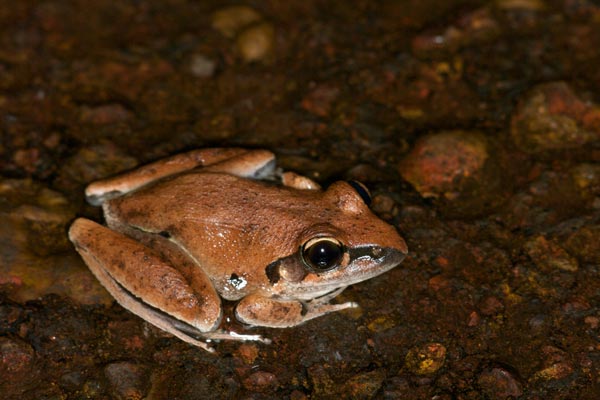
We also saw a couple of frog species that were not Litoria. The more common one was Limnodynastes convexiusculus (Marbled Frog). We saw four or five of these.
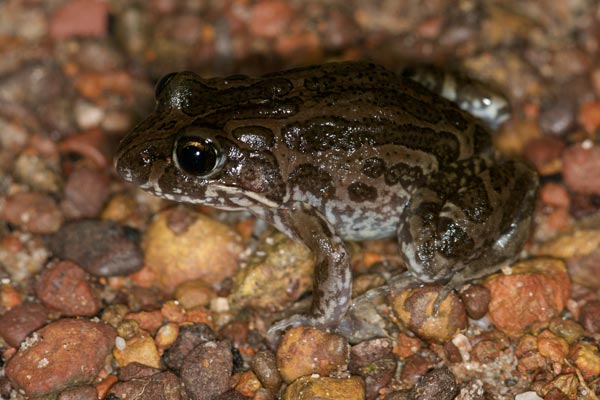
Finally, we saw one of these weird little toad-like frogs. This is Limnodynastes ornatus (Ornate Burrowing Frog). This species is typically seen on the surface only on wet nights.
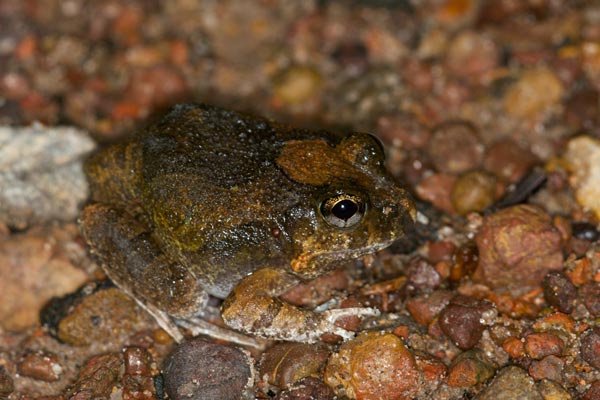
The main attraction of Fogg Dam for herpers are the Water Pythons. The scientific name of this species is either Liasis fuscus or Liasis mackloti, depending upon whom you ask.These beautiful snakes have yellow bellies and iridescent bodies. Under the name “Rainbow Serpent”, this species is featured prominently in aboriginal myths and culture. The high density of Dusky Rats at Fogg Dam supports an equivalently high density of pythons, perhaps the highest density of these snakes anywhere. However, the Dusky Rat population suffered a major drop-off a couple of years ago during an extra-wet Wet, and the python population seems to have followed suit, so they are not currently as common as they were even a few years ago.
We ended up seeing two water pythons, one on each night. They were both fairly grumpy about having their pictures taken, but you can see both the yellow bellies and the iridescence that make this snake so distinctive.
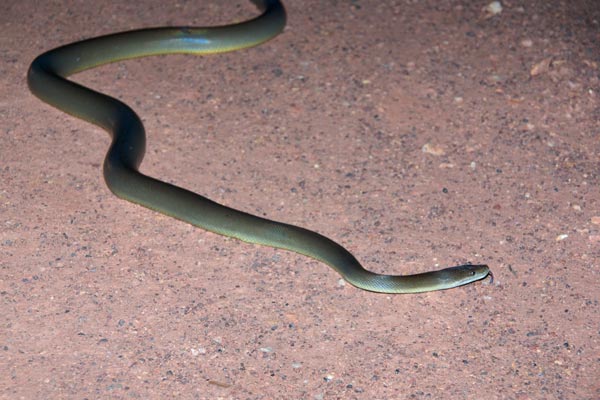
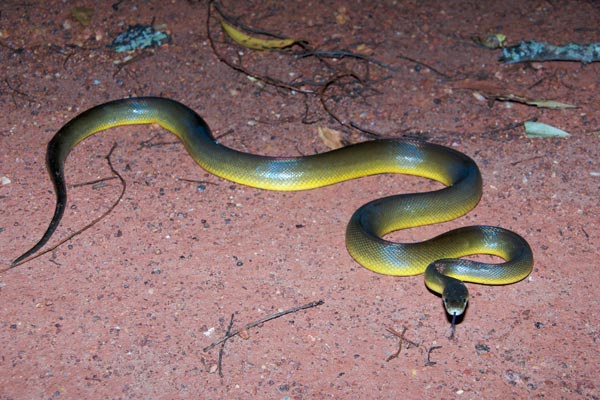
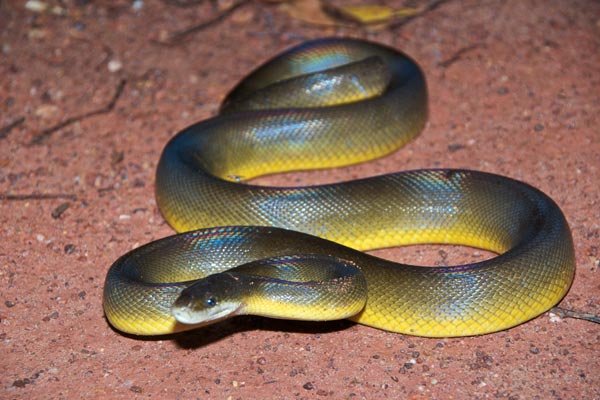
Leaving Fogg Dam to head east towards Kakadu, we saw what immediately became my all-time favorite road sign. It was an excellent sign to begin with, but even better after someone had performed a minor edit.
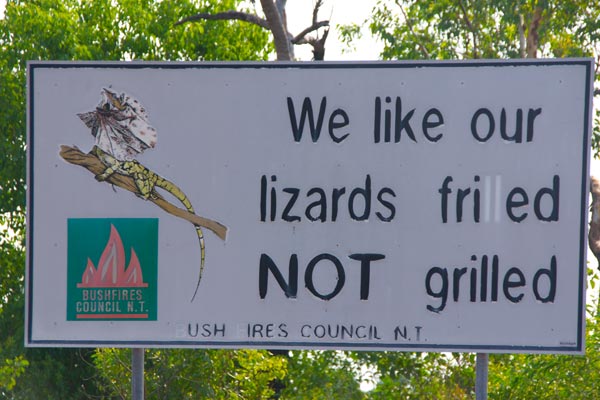 Next: Kakadu
Next: Kakadu